 You read Sole Mates week upon week because you appreciate — perhaps love — sneakers, but are they in your blood? For Mike Packer, shoes are more than a commodity, more than hype, more than just a piece of footwear, because as his last name suggests, he was born into one of the longest-running footwear institutions in the world — Packer.
You read Sole Mates week upon week because you appreciate — perhaps love — sneakers, but are they in your blood? For Mike Packer, shoes are more than a commodity, more than hype, more than just a piece of footwear, because as his last name suggests, he was born into one of the longest-running footwear institutions in the world — Packer.
Founded in 1907 by Mike Packer’s grandfather and great uncle, the Yonkers-based imprint provided locals with shoes for all the family, no matter the occasion. Fast-forward to 2021 and Packer is a New Jersey mainstay known for its far-reaching clientele and authentic collaborations, two things that have cemented the company as one of the best in the business for those who truly love sneakers.
But aside from the company, who is Mike Packer? In this installment of Sole Mates, HYPEBEAST learns more about what it was like to work in a family-run business from the age of seven, how the sneaker industry is laced into his DNA, and how this has helped him to become the person — and the eponymous company — that’s he’s known as today, while he speaks on his love for the Nike (NYSE:NKE +1.26%) Air Trainer 1.
HYPEBEAST: We usually start with asking what got you into shoes. But, as Packer was founded in 1907, I assume a passion for footwear runs in your veins?
Mike Packer: That’s literally true. I grew up in the business. It’s in your blood, you have an affinity for things and you remember things, it’s what brought me almost 20 years ago to open up the store in New Jersey, to do what we do now. It’s in my blood… and I find myself lucky for that. It gives you an innate understanding of everything.
What was it like to grow up in a family-run business?
It was the true definition of a family business. I have great and talented people that work for me now, but growing up in the business, if your last name wasn’t Packer you didn’t work in the confines of that store. I don’t ever remember — until much later in my life — there being a stock person working in the store with my parents other than just family.
There are salespeople who are still in the industry now that probably know more about the inner fightings of my family because it was all out there in a little store. Every salesperson would come into the store with a bag and show their [shoes], so the family business was there for them to see.
My parents’ legendary fights over who’s going to get lunch, they remember those!
What are the differences between the Packer of your youth and the Packer you run today?
The formula for the business that we’re in now is the formula of what makes a good shoe, putting it down to its simplicity, it’s about the game plan of how to put things to market, social media, and everything getting modern has changed things. But the core way of getting things out there is really the same: quality, good design, marketing in a way to organically grow things. Yes, it was way different to how it is now, but [core elements] of the business are the same.
My learning curve growing up, those formative years of growing up [in the business], was the ‘80s and early ‘90s, and that time paved the way for what we have today. Being in that realm — and I don’t know if kids today realize it, but a lot of us who started the “boutique business” like UNDEFEATED or us, Concepts, anybody in those early stages, that’s the era we grew up in. The formative part of the industry can be looked back on, and I feel really lucky to have that as the jumping-off point and education for what paved the way for what Packer does today. Packer is at a point now [where we are] what we envisioned to be 20 years ago.
How did you become the caretaker of Packer?
It was only myself and my brother growing up, and my parents retired about 18 years ago. It was something where, if there was no one else around to take this further, the door would have closed, the key would have been turned, they would retire to Florida, and then nothing else. As I said, I grew up in the business — as did my brother — but I ended up going to law school, and after being in the venture capital world I had this epiphany after going back and forth between Asia — and because it never left my blood, I’d always help my father with Nike meetings or adidas or anyone else we fortunately still work with today, we have the same original account numbers from back then — I had this feeling, but doing it in a different way to the store we had back in Yonkers.
That was a great education to work in the business since I was seven years old. Thankfully, [Packer] has continued and grown.
With all of this in mind, what really got you into shoes? Was there a specific moment or pair?
The business itself was everything from kid’s school shoes to church shoes, men’s working shoes to sneakers to old lady’s shoes, it was a full-family store. As it’s also a family business, it’s not that we had hours to work that week and we were punching the clock, we were there when we had to be there.
Myself and my brother, we were the ones that took the sneaker part of it all — I was drawn to the sneakers — there was an innate [love for] design, colors, that’s what drew me into it. From my earliest memory of canvas PRO-Keds to canvas Chuck Taylors, to then the Converse Weapon.
“Things came out, things sold. But nothing was — which I now refer to as — that ‘Holy sh*t!’ moment.”
It’s a very hard thing to put your finger on, because it was a 360-degree view of everything, and it drew me in.
Out of all of the shoes that have come and gone in your life, why are you specifically focusing on the Nike Air Trainer 1 for your issue of Sole Mates?
The Trainer 1. It was 1987. In 1988, right around my late teens working in the store, thankfully having an affinity for everything. But I remember that block of time where things were kind of stale in the industry, to be frank with you.
Things came out, things sold. But nothing was — which I now refer to as — that “Holy sh*t!” moment. I distinctly remember that era of time. It was a time when, and this was pre-Las Vegas trade shows, you only saw things when a big bag of shoes came or it got leaked on Footwear News.
1987, ‘88, ‘89; Nike took what they had and flipped the script on everything. Visible Air, Air Max 1, you had something called Performance Leather which is what they put into the Air Force 2 and the Air Revolution, Air Ace, Air Safari. That whole capsule, when it came to market, I don’t know if the market was ready for it because that [goes to show] what these were then, and what they are now. If you were in the industry and saw that stuff, you couldn’t help but say, “Holy sh*t.” You couldn’t.
Admittedly, I think it was the Air Max 1 and Air Safari that we saw first, but the Trainer 1 was… Just opening up that shoe, looking at it a few times, I don’t know why and I still to this day can just articulate it, but I’d never seen something like this before, you didn’t know what it was, but you knew it was something.
When Nike had Performance Leather, it is still to this day the best leather that’s ever been used on any shoes I’ve ever seen in the industry. Before the Trainer 1, it was used on the AF2, and it was just great. The combination of leathers, the suedes, the colorway, the gray with the chlorophyll and white, that on top of the fact that when you look at it, “I get it, I don’t get it, I love it.” There was no reason, it just looked.
You had to appreciate it for what it was. Having that feeling, and then seeing what John McEnroe did with that shoe, for no other reason than him wearing it, cemented it even further.
I appreciate being part of your series, but when you ask me that question it’s probably the easiest answer to a question in the sneaker industry to give because it’s a very honest and pure answer. I could talk about multiple brands, but when it comes to the core, the Trainer 1 is it. Do I wear the Trainer 1 on the daily? No. I may wear other silhouettes more, but when you ask the pure what, why, how, it’s the easiest answer to give.
That’s what this is all about — authenticity. Moving on, Tinker Hatfield designed the Trainer 1. Any words to say on this?
Well, it was a crosstraining shoe. If you read the articles from back then, it was a new category altogether. If you ask me what category I like best from that era, it’s that. The Air Trainer 1, to me the Air Trainer 2 I thought it was a letdown, but the Trainer 3 “Medicine Ball” would be in that top five. They had so many other crosstraining silhouettes that started with the Air Trainer 1’s DNA.
“Could you wear a pair of Air Force 1s to run in and UltraBOOST to play ball in? Sure, you can. But you’ve gotta be idiotic to do it.”
I’ve never asked, but I don’t think Tinker ever envisioned a guy like McEnroe wearing this shoe. They had a whole tennis line and he picked up that shoe and wore it, and after that, Agassi wore it a few times.
It was an all-purpose shoe.
I just don’t think they ever envisioned McEnroe, one of their seminal athletes back then, to wear it.
About two years ago I was at a Knicks game, and I was sitting in the front row for the first time. I looked to my left, and McEnroe is sitting right next to me. During Half Time, I said, “Can I ask you a question?” And you can see he’s like ah man I don’t want to do an autograph. Well, I don’t want a picture, I don’t want anything, I asked him about the Air Trainer 1. We spoke for the whole third quarter about Trainer 1s.
I asked him out of curiosity why he went to that shoe, and the stuff that came out of his mouth was amazing, he really has a love for it.
As we’ve established, the Air Trainer 1 was a shoe that did everything. Fast forward to today, do you think there’s a design that’s as close to being as multifunctional as the Air Trainer 1?
I don’t think there’s ever been a shoe like that since. Once Nike created the category, other brands started to do crosstraining models and wanted to build up crosstraining businesses. But as an original design — no, there’s never been anything like that.
Theoretically, could you wear a pair of Air Force 1s to run in and UltraBOOST to play ball in? Sure, you can. But you’ve gotta be idiotic to do it. You’re going to hurt yourself.
For the purpose that it served, and McEnroe using it alongside other tennis players, I think that was the perfect sport for it, because of the way it was constructed and the premium materials that it used. It was the perfect storm. Unless I am missing something, I don’t see it happening before, and maybe someone will make something better. But what the Trainer 1 embodies is what still excites me today — that “Holy sh*t” feeling.
When you do, you know it’ll be a winner in the industry.
So nothing has come that close, for you?
Nope.
But has something made you say, “Holy sh*t!” since?
The Trainer 1 was the first one, the one that hasn’t been topped. But when you see new silhouettes that have come out, even back then the Air Safari spoke to me, but not like that. The AM1 spoke to me like that, Air Force 2 low-tops — which not a lot of people have an affinity for — and when you go to other brands, there’s a whole bunch over the years.
In an era where we have so much thrown at us, the thing that excites me the most is when you see a performance silhouette come out that speaks to you, has some type of DNA, and you can say to yourself that it’s wearable now and in 10 years.
When I saw the UltraBOOST 1.0 for the first time, you had that same “Holy sh*t” feeling. But all of the shoes we are mentioning, people that understand it and see it have that feeling, but the greater public didn’t take on these shoes [for a few years]. It had to grow on them, or like the UB 1.0, adidas had that magic moment with Kanye. That gave it the push, and you could argue McEnroe gave that push to the Trainer 1.
What do you think of the current sneaker industry and the culture today?
From a business perspective, it’s thankfully never been better.
[Talking about authenticity and purity] these young kids today would probably look at us and think, “Ah, you’re too old, you don’t know what’s really it.” I’d argue that it’s the total opposite: at least back then, at least by having an affinity for things that came out, you did it because it was something that was inside you. With the growth of everything, I wouldn’t trade it for the world, but having the ability to balance that part of the business and stay quality, pure, organic, it’s a hard thing to do.
Is it possible to put the genie back in the bottle and have customers who come in for sneakers because they have a love for things, not because someone is telling them to, or because a celebrity is wearing it? I hope so.
In the construct of what Packer is today, I’m very blessed to have people who have that mindset of staying in our lane, while being able to balance what is good and being able to get that out there. I am very proud of our products over the years.
But — if the Trainer 1 came out today — I don’t think it’d have the longevity that it has today, because it’d get lost in the sauce.
But what about the rumored Travis Scott pair?
It’s going to be very interesting to me. The pictures have leaked: is a Travis Scott x Nike Air Trainer 1 coming out?
Is it going to be like the rest of the sneakers he touches?
Listen. Some have had a larger trajectory than others. The thing I appreciate most is, I believe Travis or Chase B — Chase knows shoes. I don’t think they would touch something that they innately don’t like, there’s no reason for Travis to be wearing the Nike Mac Attacks a couple of years ago, I don’t know if Nike will ever bring that shoe back. You have to balance business with buzz at some point.
How is Packer going to continue to evolve with the industry?
When you’ve been in this as long as I have… you can’t be something you’re not. One thing that sticks in my head, and I’m lucky to have continued it, is that we’re an institution in this business. It’s not ego, but [I should] embrace that, and I feel lucky. But, there’s also pressure in that — a good pressure that drives what we do — because being an institution means something greater than what we are.
We’re conduits to take our vision and creative, but without these companies, what do you really have? I’ve been very [aware] of that. If you keep this in mind, striving to be better, we change with the times.
Keeping true to what we do to the best of our ability, whether it’s with a company like Nike or every other company we’ve been lucky to work with, that’s what we put our hearts, minds, and souls into literally every day. It’s not just me, it’s everybody who’s helped, and that’s something I’m extremely proud of.

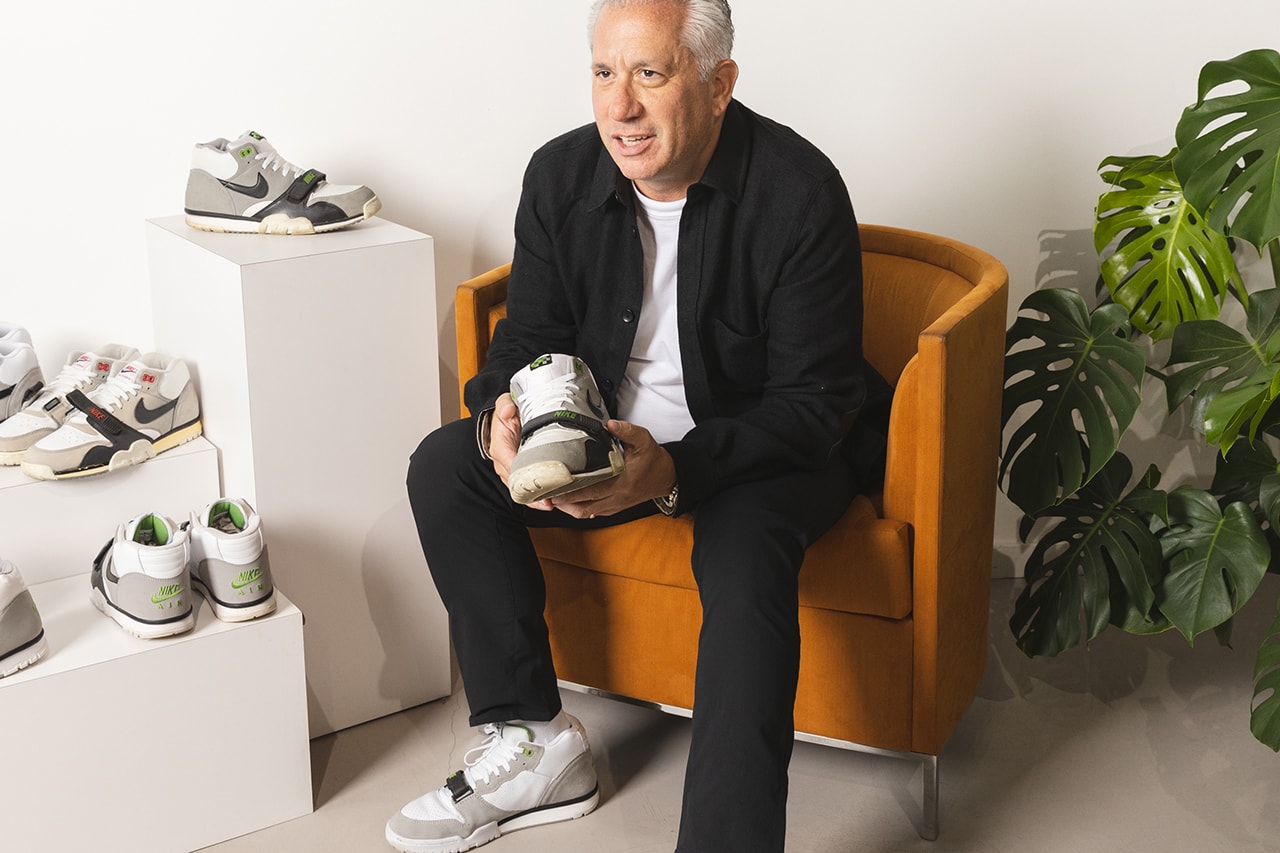
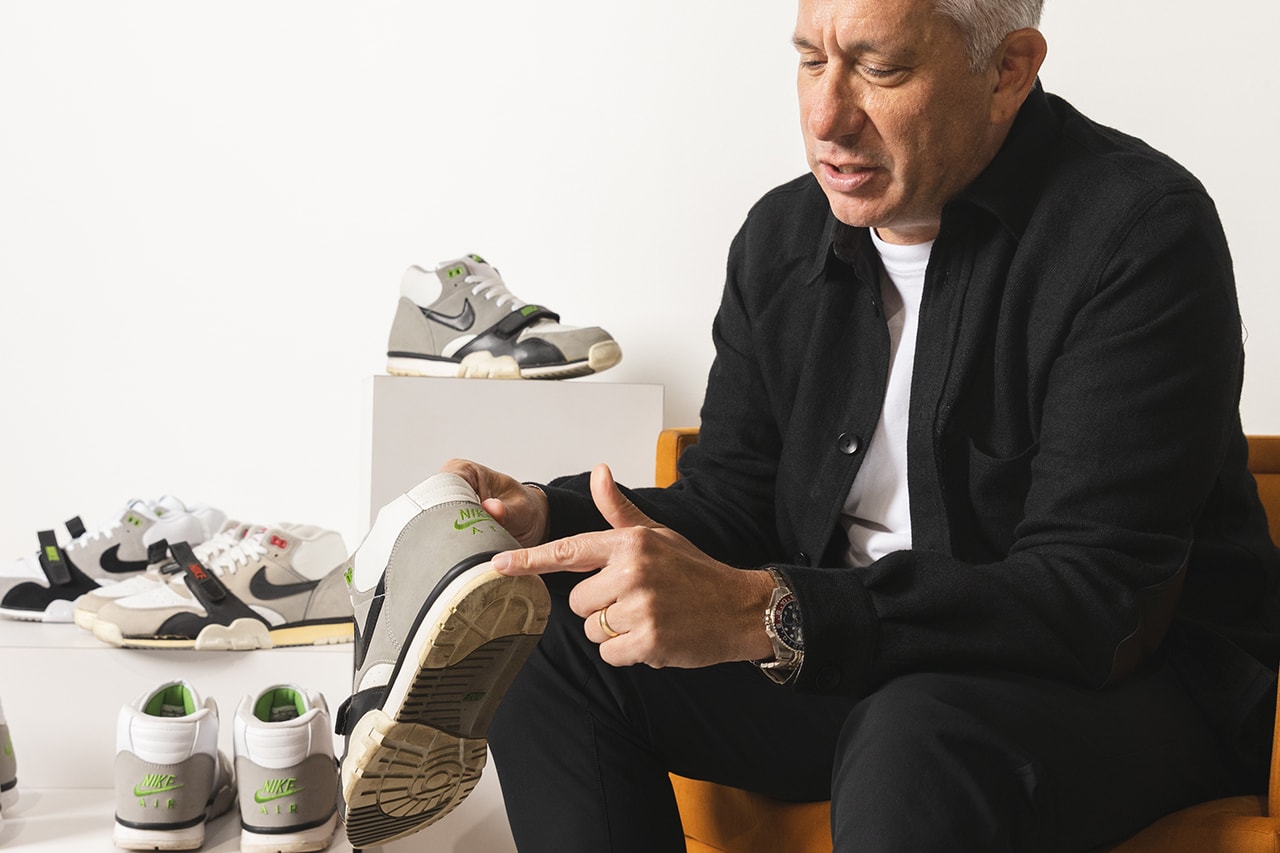

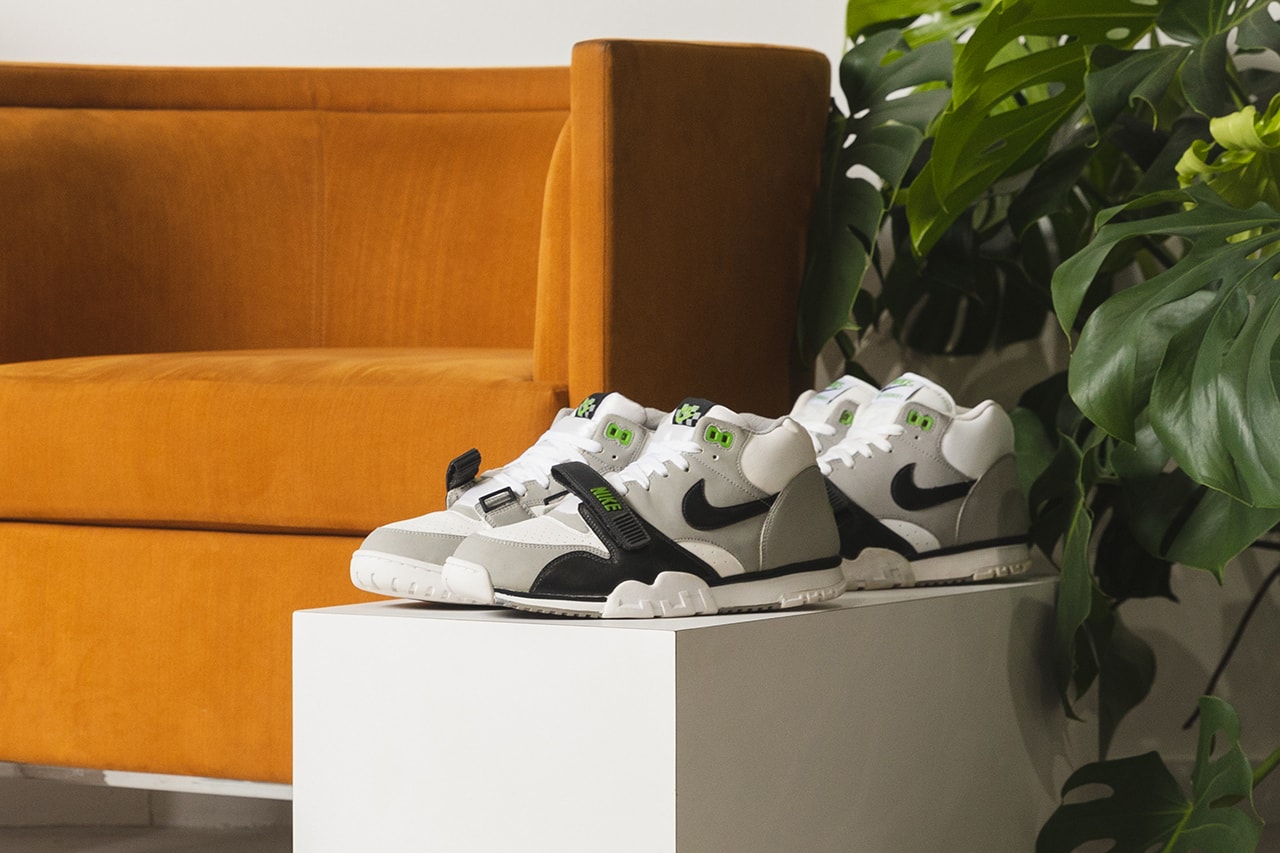
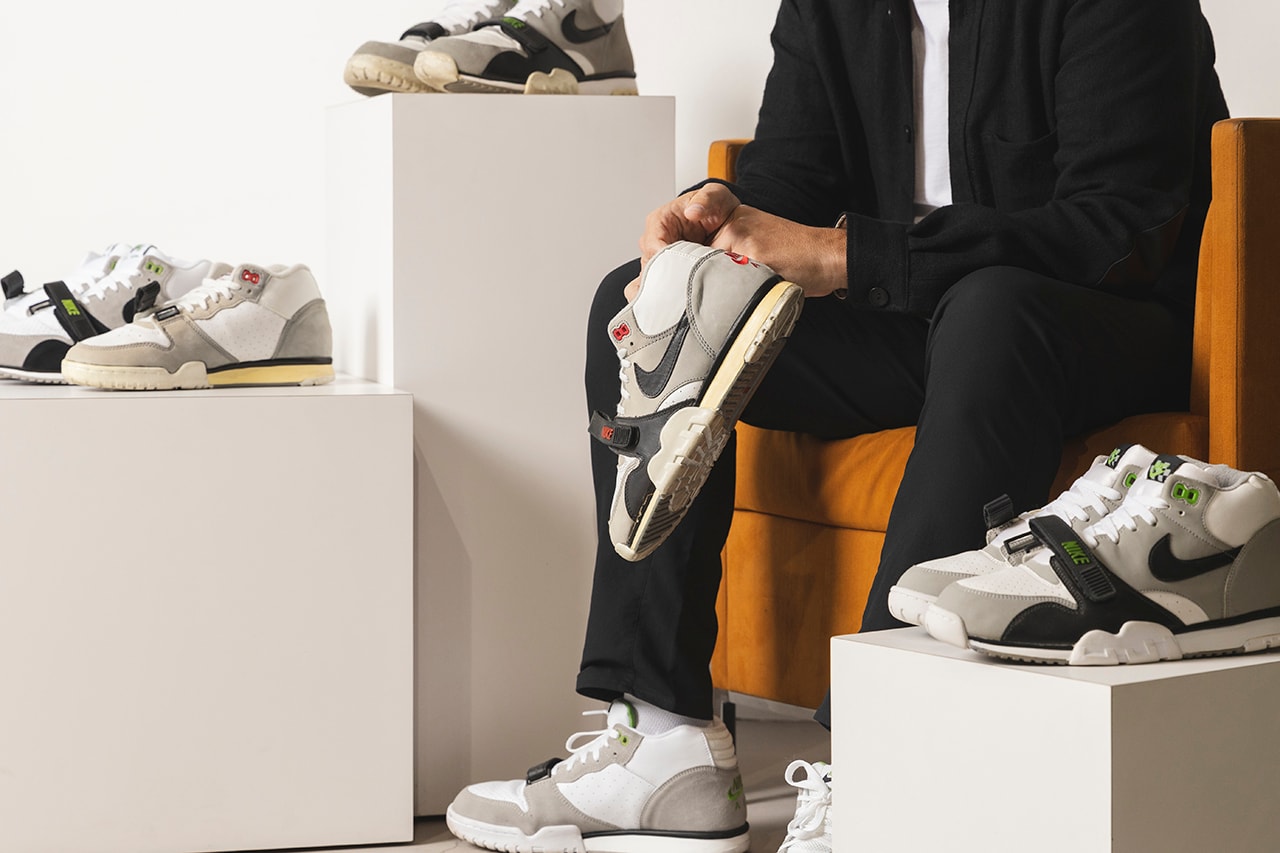
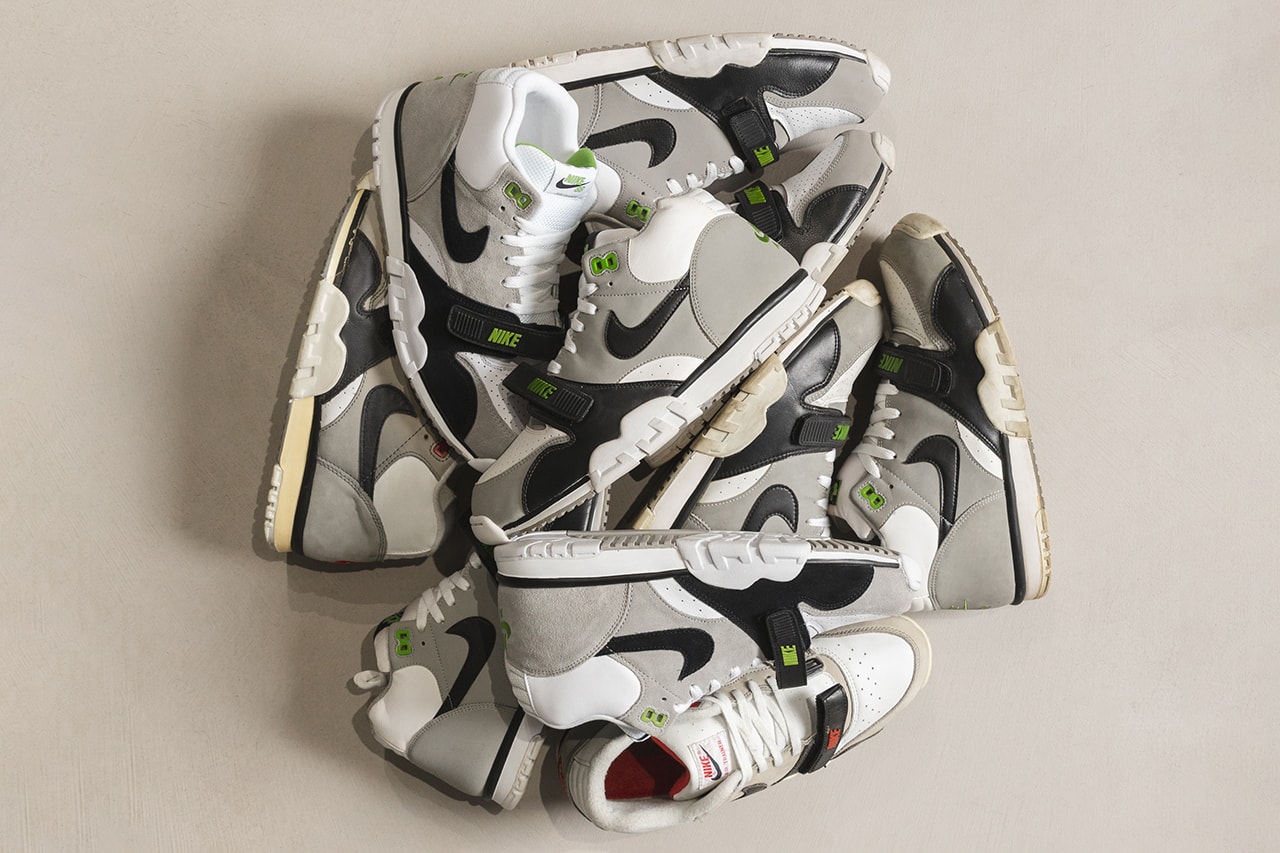
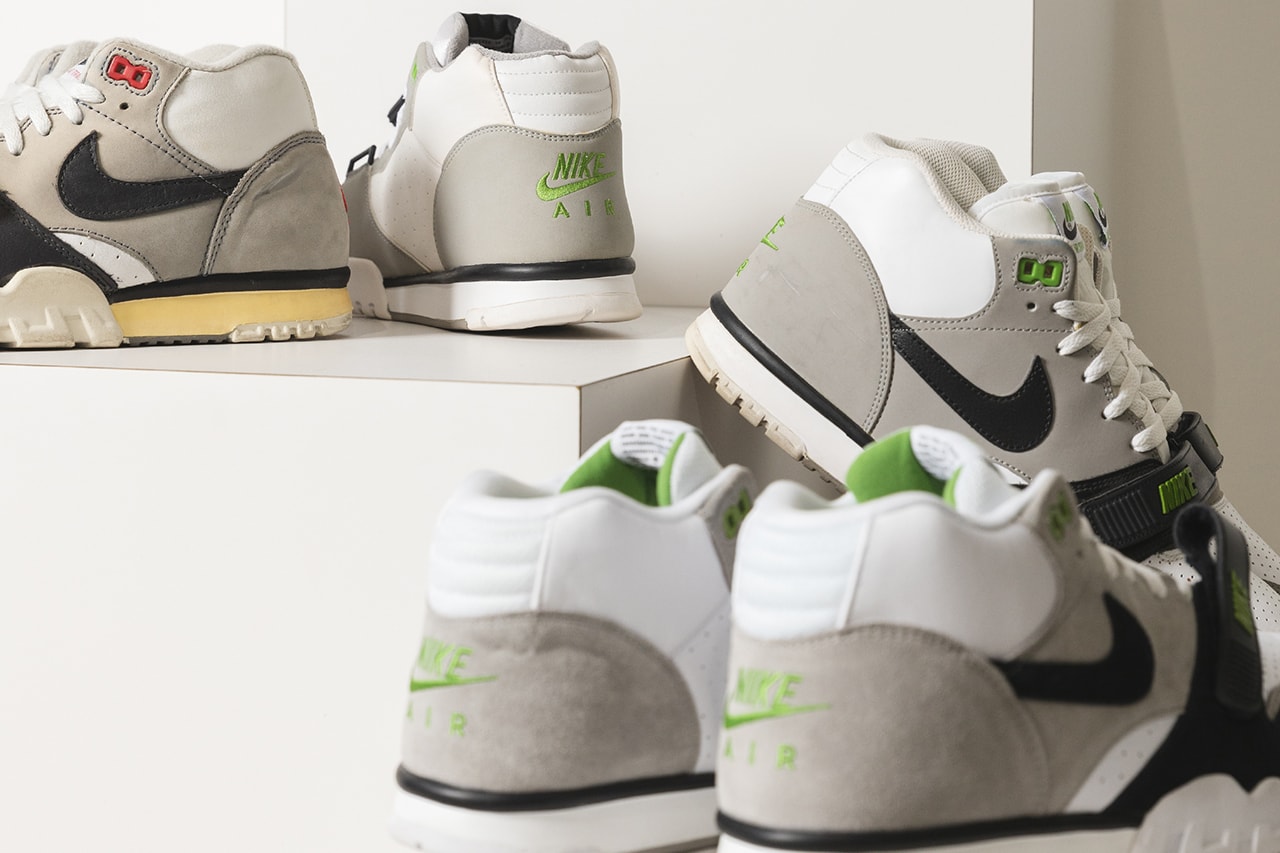
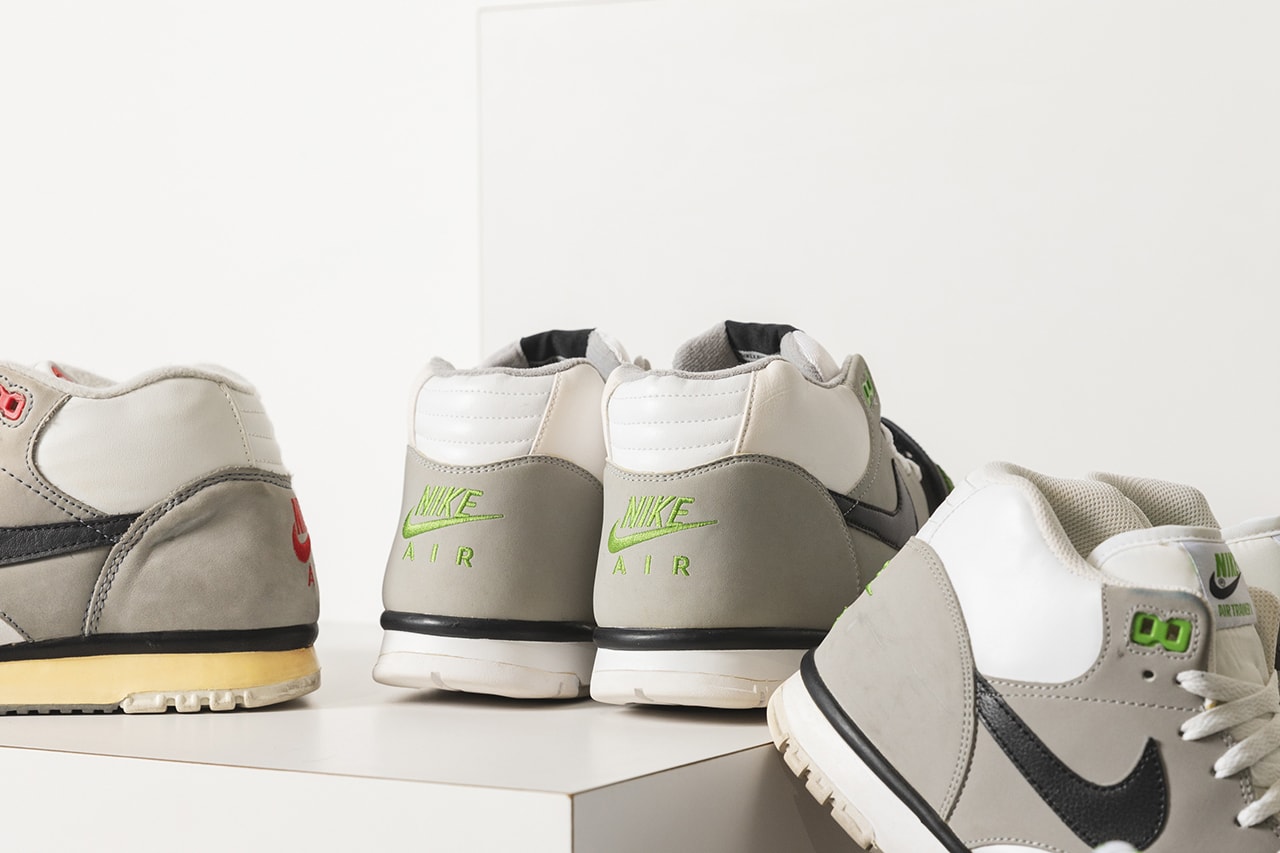
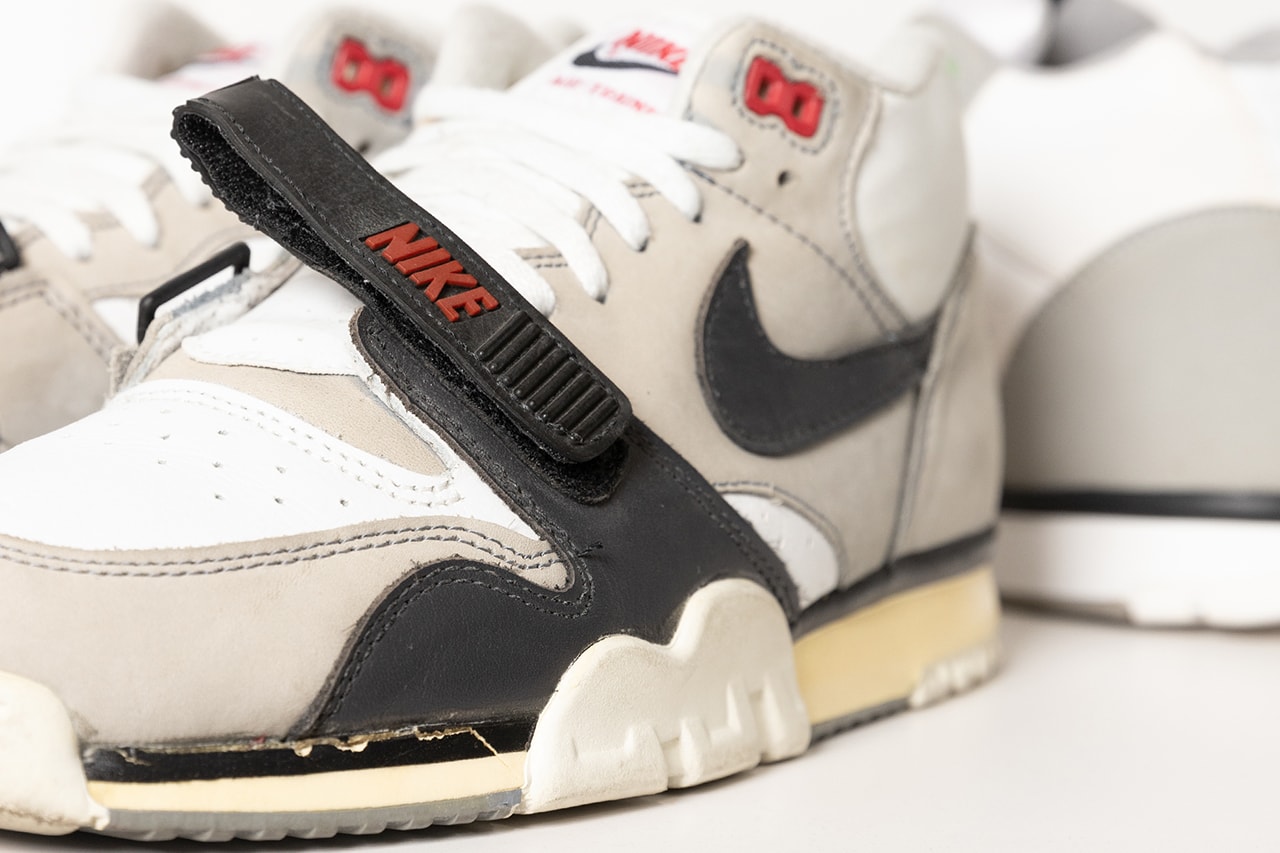
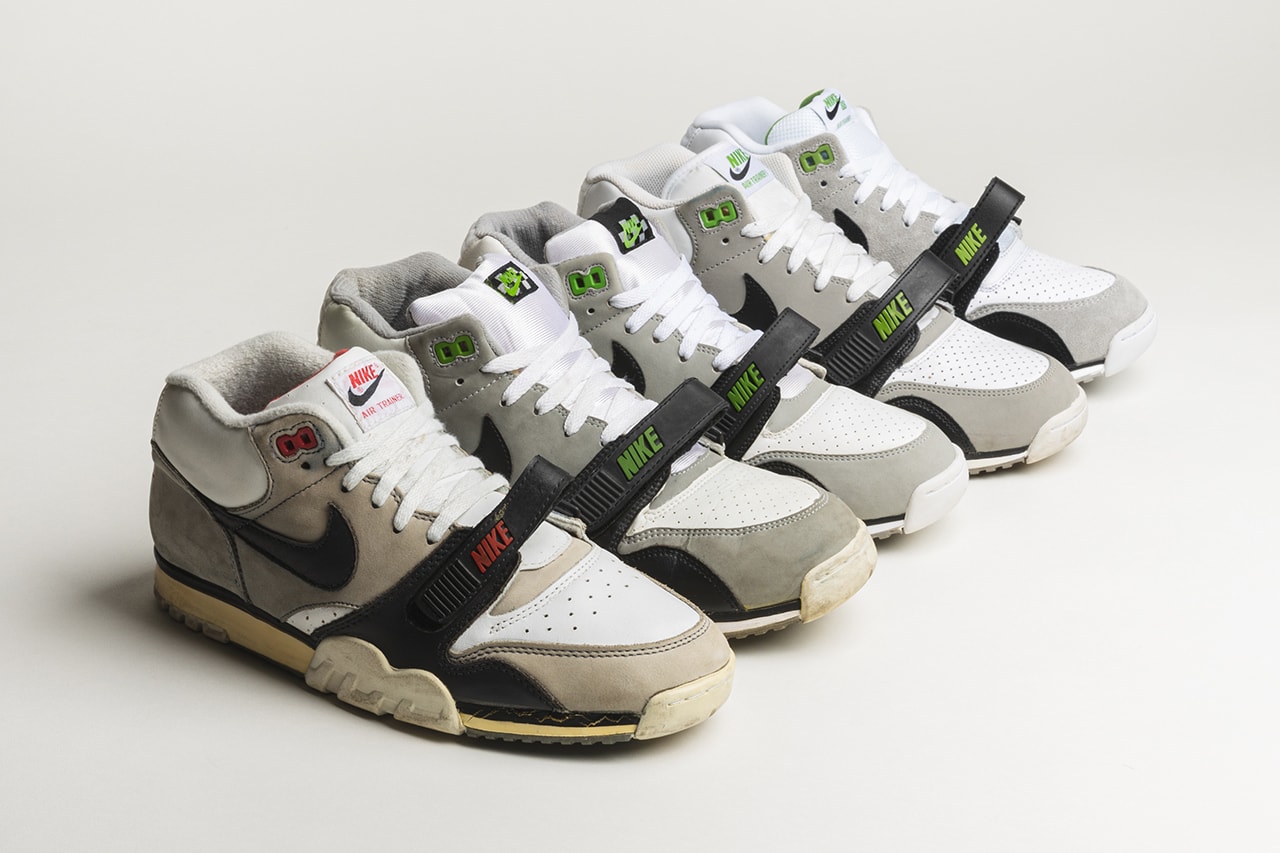
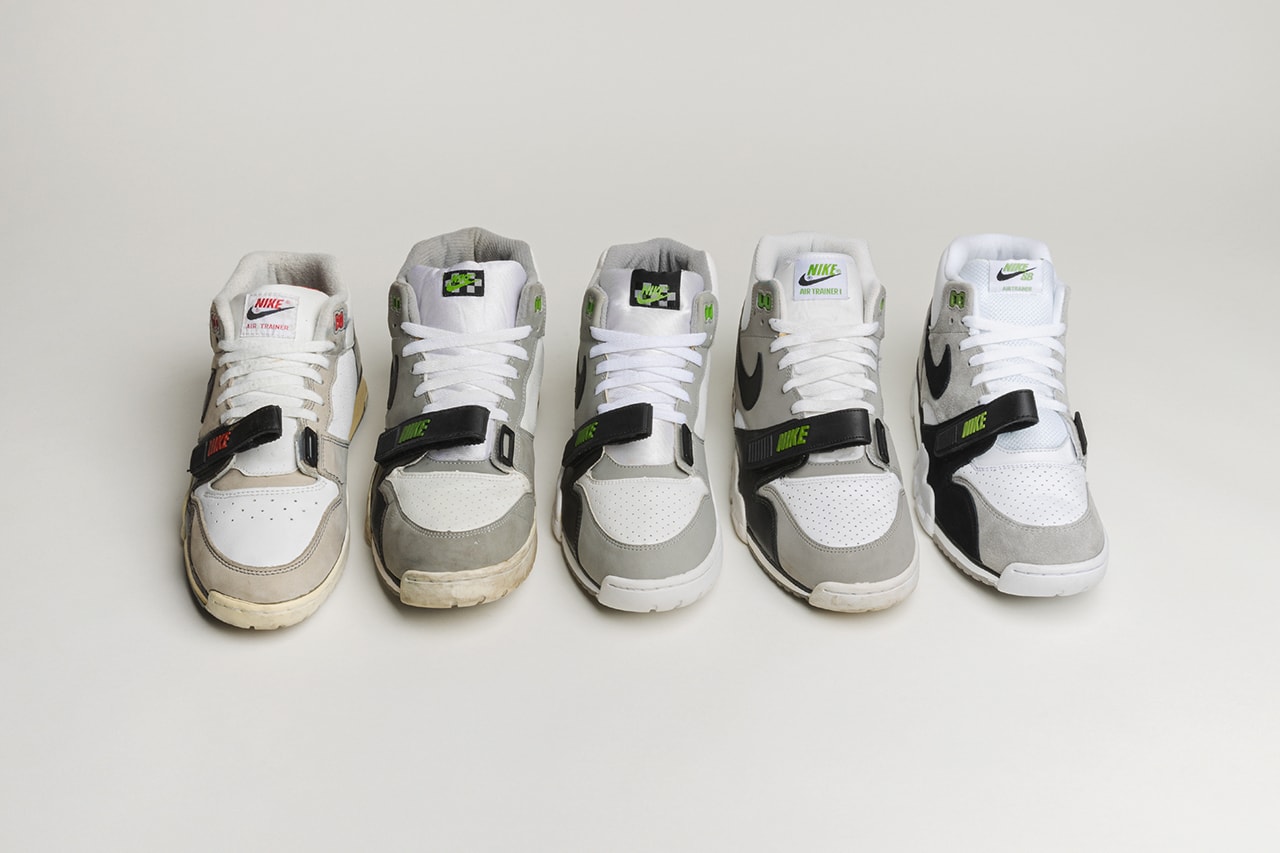
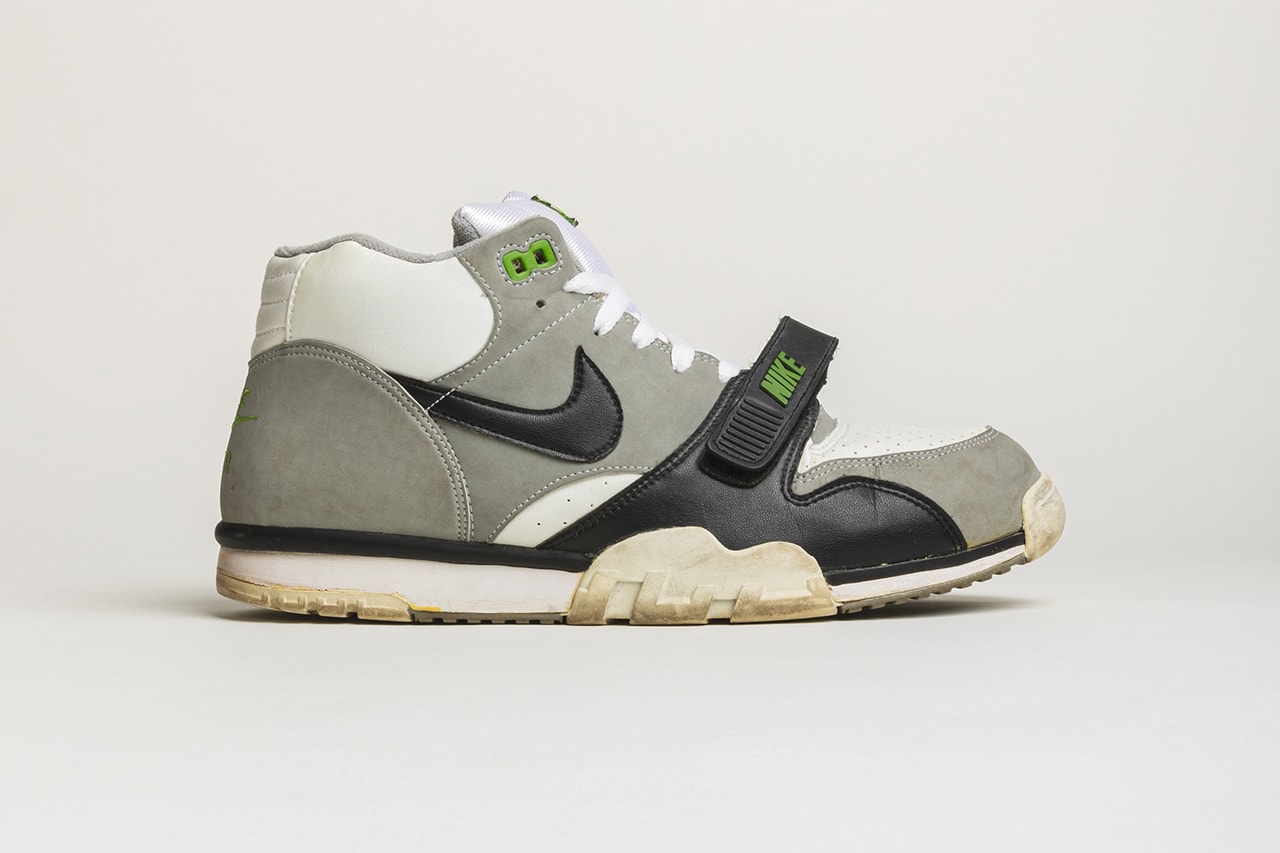
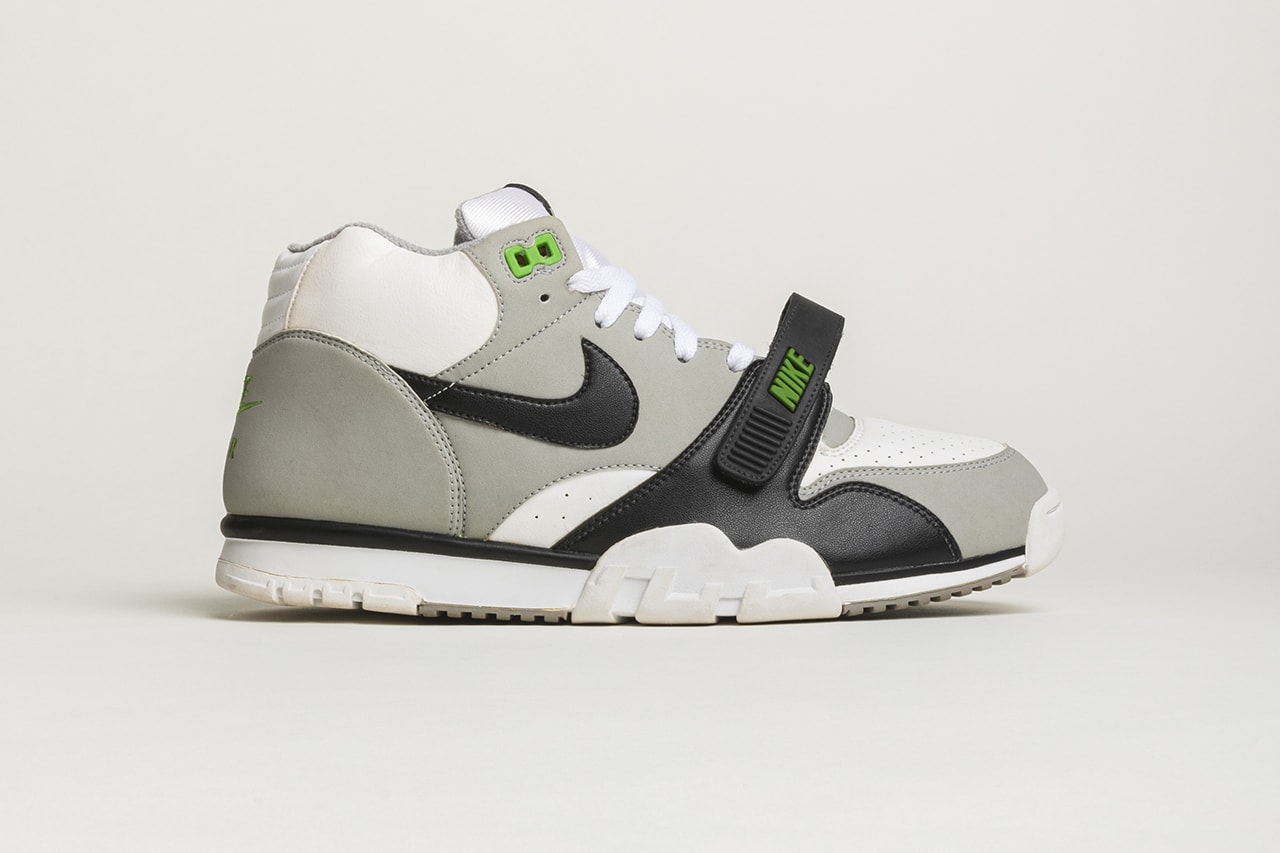
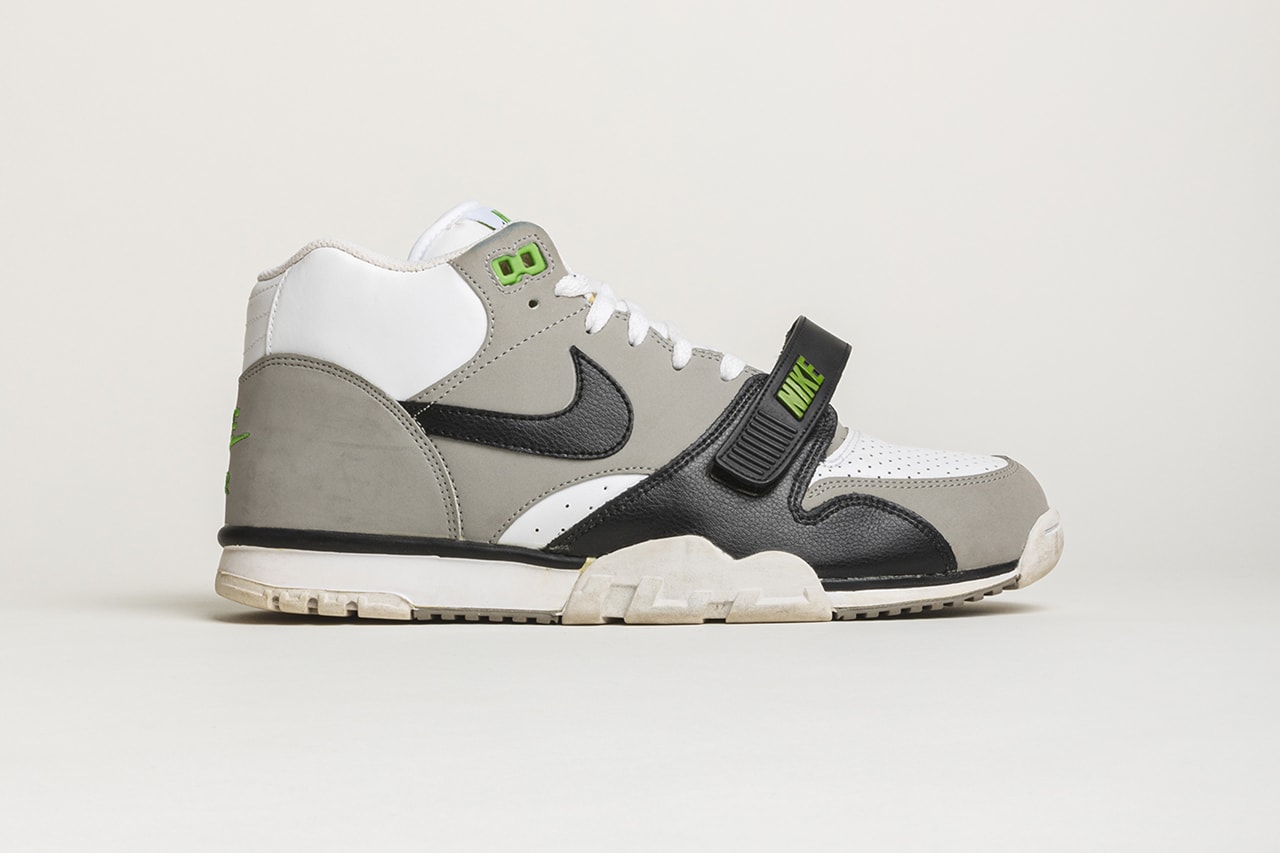
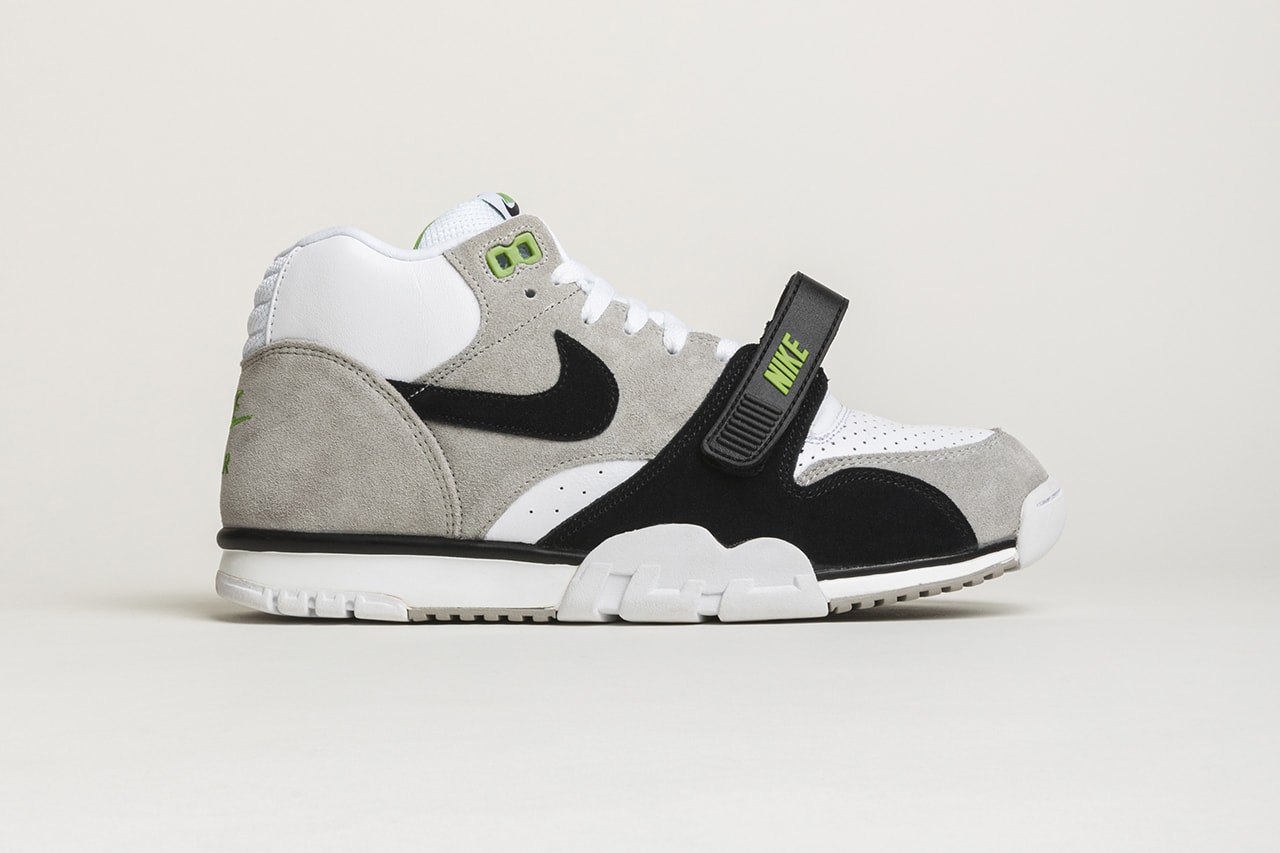
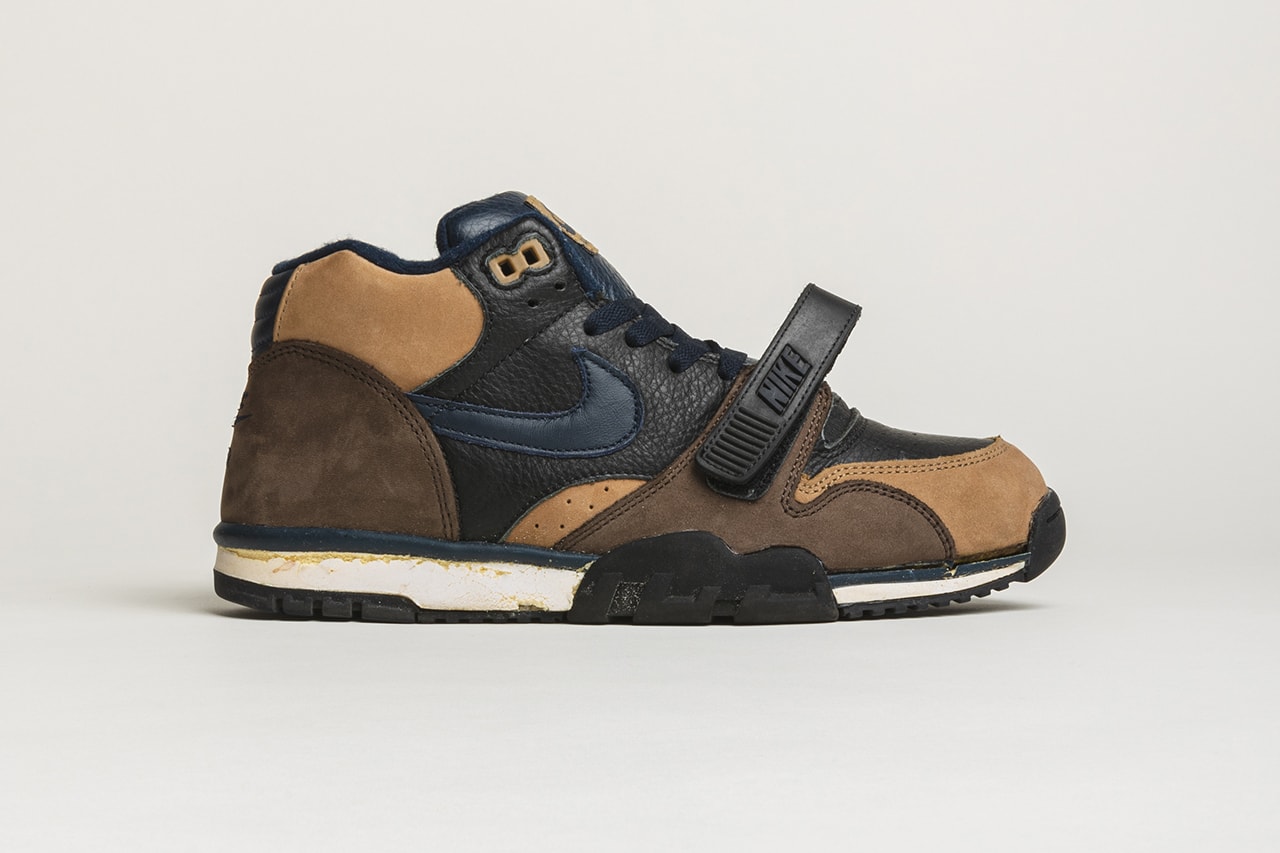
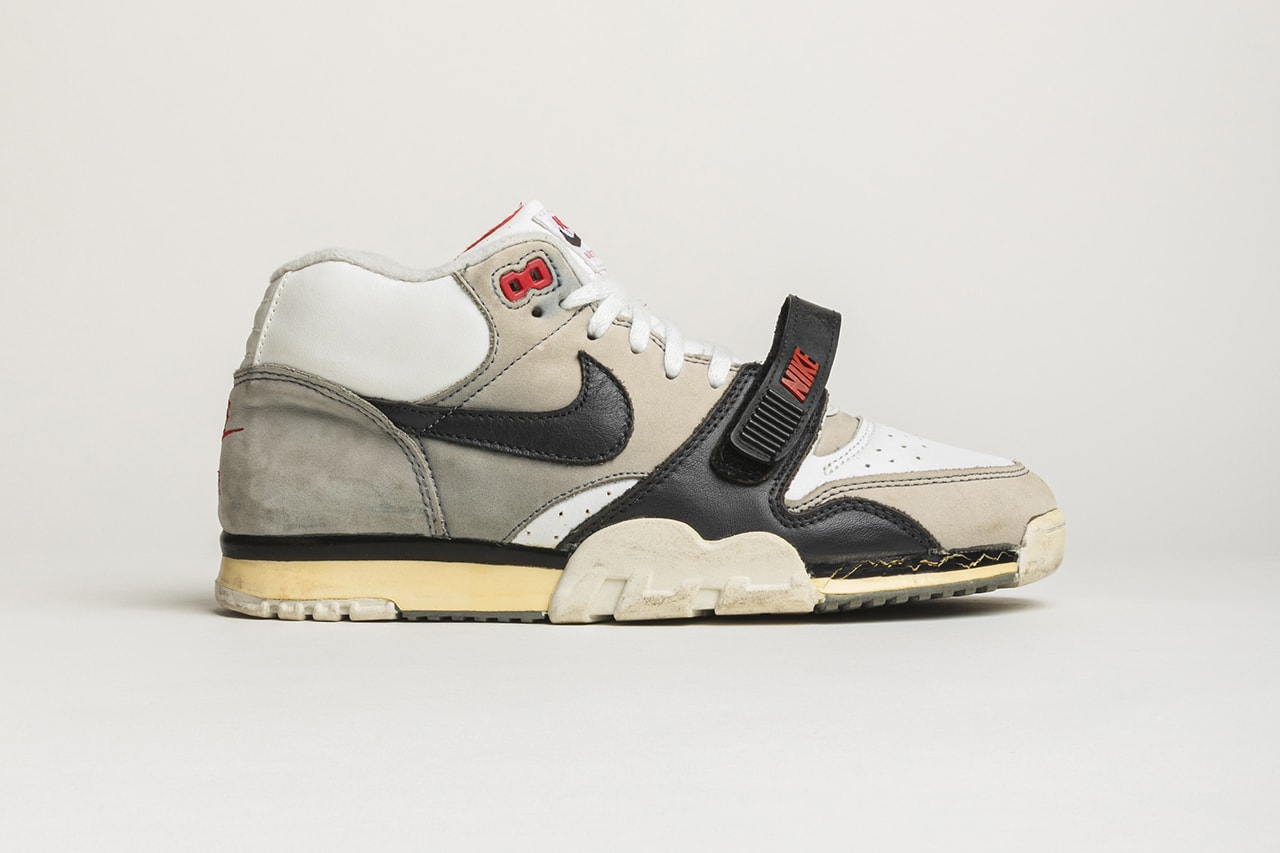
No comments:
Post a Comment